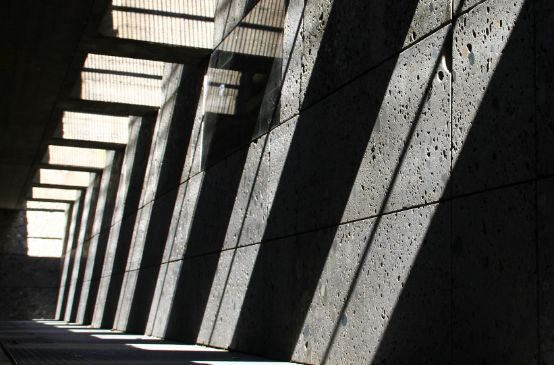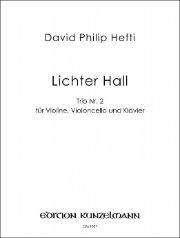Light and resonance
Hefti's second piano trio "Lichter Hall" demands unusual playing techniques from the strings.

David Philip Hefti composed this work for the Medea Trio, which premiered the composition on October 16, 2012 at the Wigmore Hall in London. It is intended as a compact, single-movement and bright counterpart to the first piano trio Shadow play conceived. Various impulses lead to points of rest - as an echo, as it were - and develop steadily from the initial stagnation to flowing movement. The subsequent Cantabile passage, taken from his orchestral work Moments lucides as an echo, dissolves into a shadowy conclusion.
The strings are challenged in various exotic playing styles: Tapping, scratching, crunching, "iridescent and hissing pizzicato" (fun to try out!) and flageolet shooting stars. They only get a "real" cantabile without double stops in the aforementioned reminiscence from the orchestral piece. Technically, this one-movement, nine-minute piano trio is not too difficult - for professional musicians, of course, and those with a sense for new sounds!
Because the rhythm is practically never audible, the question arises as to whether scores for the strings would not make more sense than the individual parts. The performers of Lights Hall a lot of pencil work ahead!
David Philip Hefti, Lichter Hall, Trio No. 2 for violin, violoncello and piano, score and parts, GM 1887, Fr. 36.00, Edition Kunzelmann, Adliswil 2012








